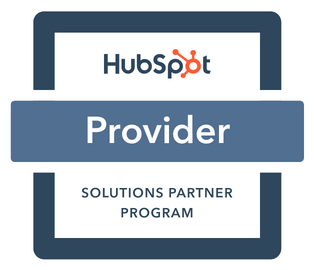
On this page
In this ever-changing landscape of Digital Marketing, it is crucial to stay updated and aware of new updates and changes in all channels and mediums. Here, we are sharing some of the most common website development and management issues we’ve encountered so you are aware of them and keep them on top of your mind when it comes to your website performance.
1. Tagging and Tracking
Setting up tagging and tracking appropriately is crucial for your website as it sets the metrics for you to draw your Key Performance Indicators (KPI) from. Whenever you get a website without any tagging and tracking, you cannot report on performance.
Google Analytics Goals set up: 
You can set up the tagging and tracking of your website by creating “Goals” in Google Analytics. By tagging your “Goals”, you can report on email clicks, phone clicks, form fills and specific action leads that are important to track.

You can ensure that every campaign you are involved in effectively achieves the outcomes you want through lead retargeting. By looking at your various data points, to track leads.
2. Investing money on a useless website
Sending traffic to websites that are not set up correctly to convert, with no Conversion Rate Optimisation (CRO) elements in place to get the right outcome, is a waste of resources. Furthermore, this results in a bad conversion rate overall for the website, affecting your ranking on Google and Google Ads. If you have a bad landing page experience, you will have low amounts of or no conversions at all. You will most likely rank lower on Search Engine Result Pages (SERPs), and you will pay more per bid.
“Make sure you are spending your money on areas that benefit your business.”
You must spend wisely to ensure all page elements are sorted and optimised before you implement paid advertisements to boost the page.
3. Not conducting site migration when updating your website.
Imagine if, after five years of significantly optimising your website, you realise that it cannot support the new third party integrations you need. Or you now require the latest version of WordPress because of the outdated plug-ins you might be using.
You then need to perform a website migration to retain and improve your site’s performance and keep up with the latest updates and changes. Nevertheless, if you do not perform what is called an SEO migration, you will lose your current rankings, backlinks, traffic and conversions as soon as you launch your new website.
As Digilari performed many throughout the years, we’ve built a list of necessary steps categorised into two fool-proof stages for when implementing an SEO migration. The SEO Migration steps include:
1. The Pre-migration stage:
- Collect necessary background information, needs and wants
- Collect information and results from the current website
- Outline the SEO strengths and weaknesses of the existing website
- etc.
2. The Post-migration stage:
- Update the Google Search Console records
- Implement appropriate 301 and Domain Redirects from the old to the new website
- etc.
For example, if you fail to implement 301 and or domain redirection appropriately, you risk losing the backlink authority of your site. In Google’s “eyes”, backlinks provide your website with authority. And the last thing you want to do is to lose any authority you’ve laboriously gained in the past.
An SEO migration is a complex process that needs to be tackled with strategic management and monitoring to evaluate and measure your data before and after the migration. If you are considering a new website or an update to your current website, it is vital to think of SEO migration.
Contact us today if you wish to learn more about our SEO Migration service to improve your website’s performance!




